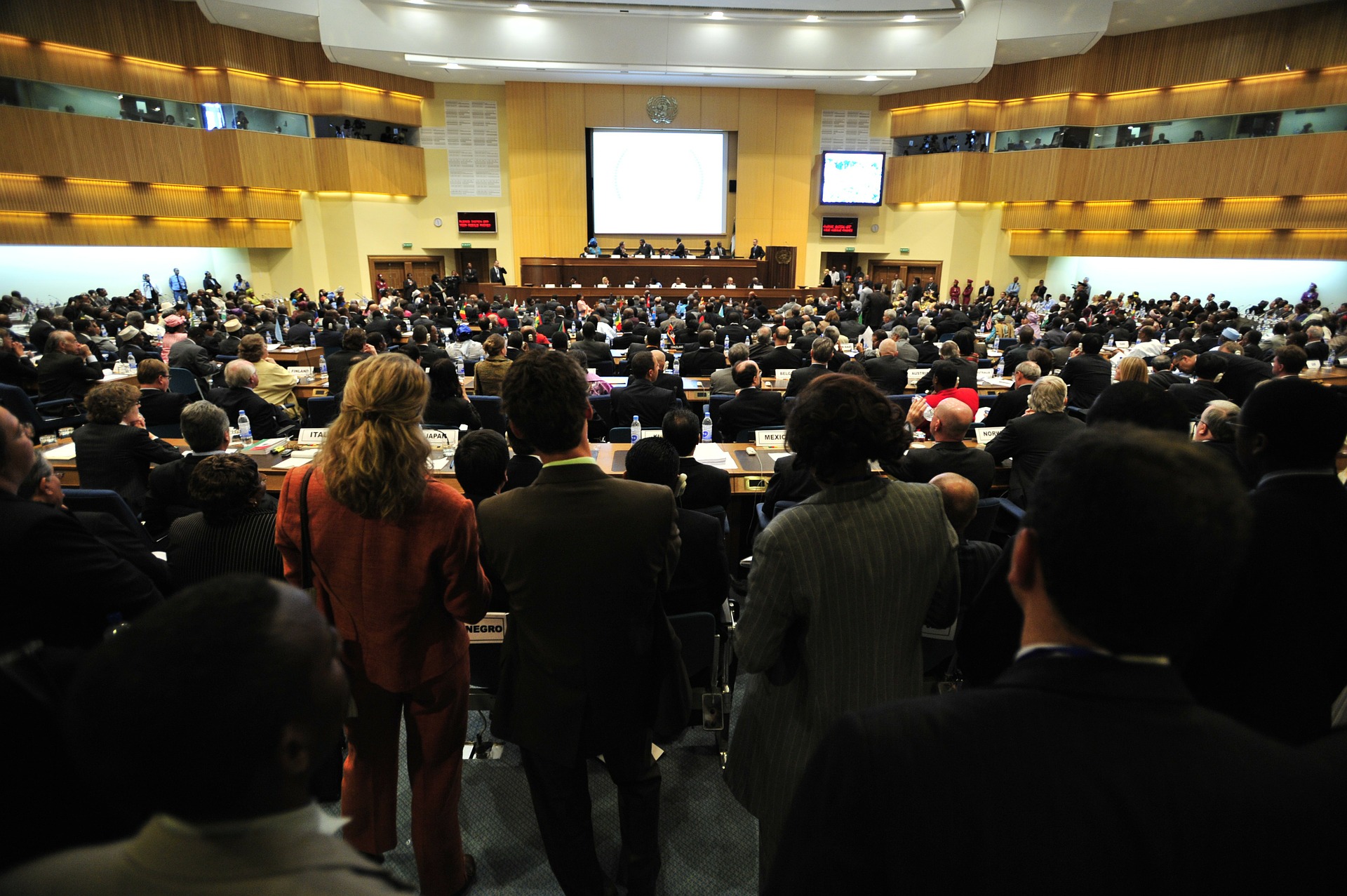Sažetak
The existence of membrane domains/rafts is a highly controversial issue in live cells, but well‐established in lipid‐only membrane mimetic systems. There, liquid‐ordered (Lo) or liquid‐disordered (Ld) domains can grow up to several micrometers in size allowing for a detailed study of their biophysical properties using a plethora of experimental and theoretical techniques. We apply x‐ray/neutron scattering experiments in combination with molecular dynamics as well as Monte Carlo simulations to determine membrane structural properties of coexisting lipid domains at high resolution, including their elastic moduli and fundamental interactions across the aqueous phase. This allows us to gain insight on physics pertaining to the melting of lipid domains or domain alignment in multibilayers. I will outline the principles of the techniques applied and give some examples of our most recent results.
***
Georg Pabst is an Associate Professor at the University of Graz, Austria. He studied Physics at Graz University of Technology, where he obtained his Ph.D. in Biophysics in 2000 and habilitated in 2007. Most of his career he worked at the former Institute of Biophysics and Nanosystems/X‐ray Research, of the Austrian Academy of Sciences in Graz. As a recipient of the Erwin Schrödinger Fellowship of the FWF Austrian Science Fund he worked with John Katsaras, Neutron Program for Materials Research, National Research Council of Canada, Chalk River, Canada. He was also President of Biophysics Austria. He published > 60 peer reviewed scientific articles, and > 10 scientific book chapters and reviews. His key competence is in X‐ray (and neutron) scattering studies of systems relevant for understanding the biological membranes. The overall aim of his research is to delineate the physics of simplified but functional model systems to biomembrane function, in order to aid the development of membrane active drugs.
http://www.uni‐graz.at/~pabstg/research.html



